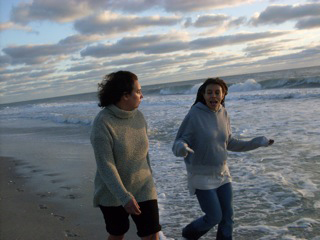
After Rey Pamatmat finished writing a play it just kept writing itself. More and more story kept appearing. It seemed much longer than a play.
The idea of writing a book felt fun. Then he discovered how different books are than plays. He had been writing plays or 10 years so he knows the components and how to put them together. “But with a book, I don’t know all the parts, and what it needs” he said.
Plays are collaborative. Directors, even actors fill in between the words of the playwright, but with books you have to write everything down. “In the book I have to make decisions about things with no collaborators. I alone have to decide what people are thinking. And it has so many more words!” he said with genuine surprise. “I asked my manager how many words a book has. The answer was 60,000 to 90,000!”
The story came to a stop one-third of the way through the book because he had play commission deadlines and a revision due. He got too busy to work on the book and couldn’t write it as efficiently as he could section up and write plays in shorter patches of time. He needed an expanse of time to work on the book so when the opportunity of the Hermitage came up it seemed perfect.
Rey’s venture into this new genre isn’t the first time a playwright came to the Hermitage to write a book. While walking the beach with Kia Corthron, I listened as she mumbled and nearly stuttered the word “novelist.” “I’m here as a novelist.” Like Rey, she was struggling with her evolution as a writer. Hers wasn’t a struggle of form and components, but of self-image. She knew herself as a playwright, and her whole image had to morph. When she returned a year later, her novel was nearly done and she had no problem pronouncing the word “novelist.”

